A Visual Guide to the Creatures That Could Disappear From Each U.S. State
If you’re endangered, it helps to be famous and cute.
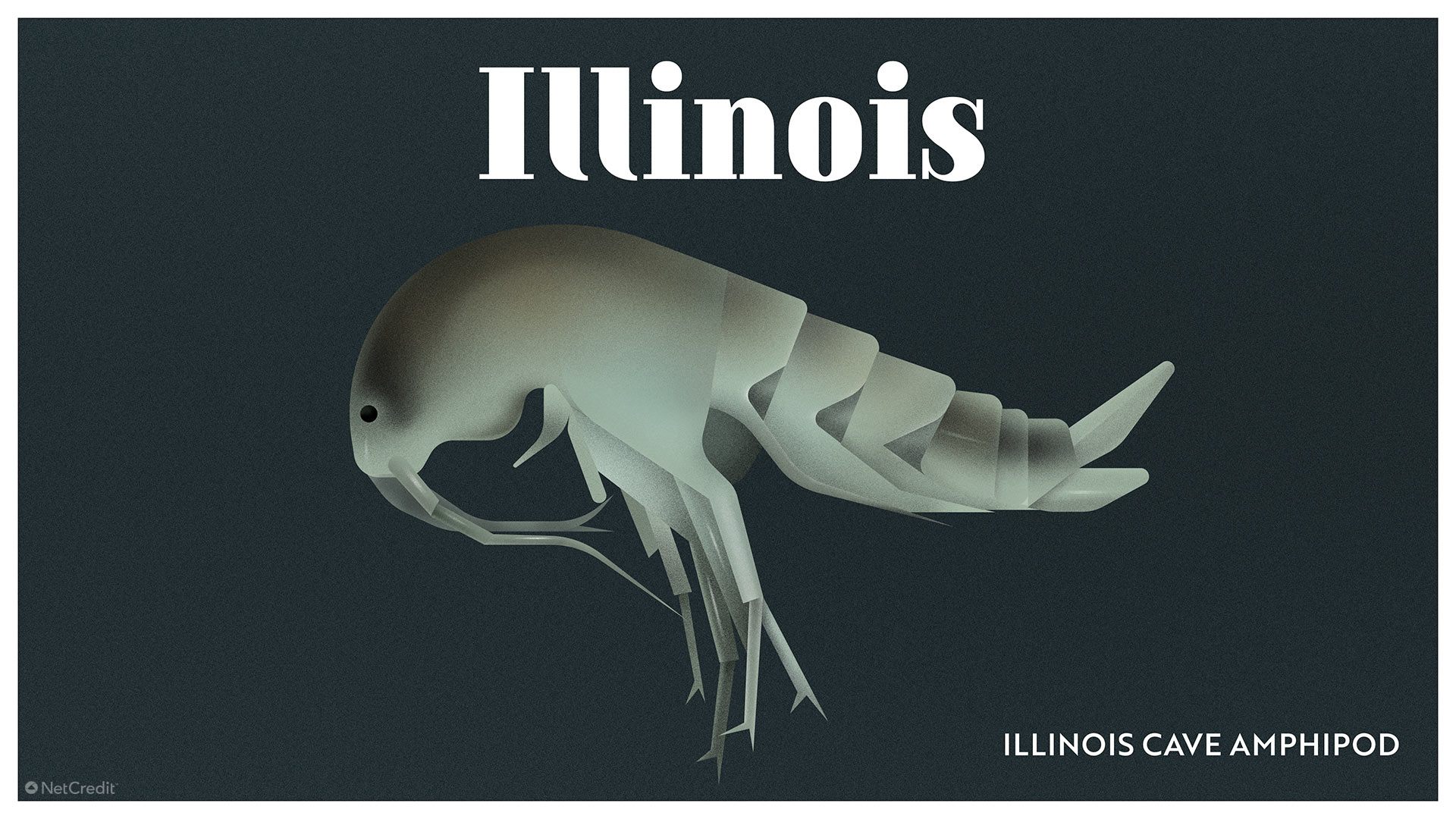
Pity the Illinois cave amphipod, living a quiet life in one of a handful of cavities in two counties in southwestern Illinois. The little crustacean—roughly an inch long, and lightish gray—is endemic to the region, speckled across a landscape sometimes called the Illinois Sinkhole Plain.
The cave-dweller is also pretty anonymous. “If ever there were a creature that could be erased from creation without being missed it is Gammarus acherondytes, the Illinois cave amphipod,” the Chicago Tribune’s Peter Kendall reported in 1997.
Only a year later, the little crustacean landed on the federal roster of endangered species. More recently, its precarious position also earned it a spot in a new visual guide highlighting the less-known wildlife that could disappear from each U. S. state.
Facing the double-whammy of vulnerability and anonymity, the Illinois cave amphipod faced a climb that charismatic species—like the megafauna whose faces land on postage stamps, or in magazines and PSAs—or ones with obvious ecological or economic benefits don’t. But unfamiliar species matter, too, to conservationists who believe in casting a wide net of protections, and to people who view any struggling organism as a kind of canary, signaling problems that could ripple elsewhere.
These illustrations—made by NetCredit, with information drawn from the U. S. Fish & Wildlife Service—shed light, and a bit of love, on those less-famous species. Meet a few struggling creatures who don’t get much time in the spotlight:
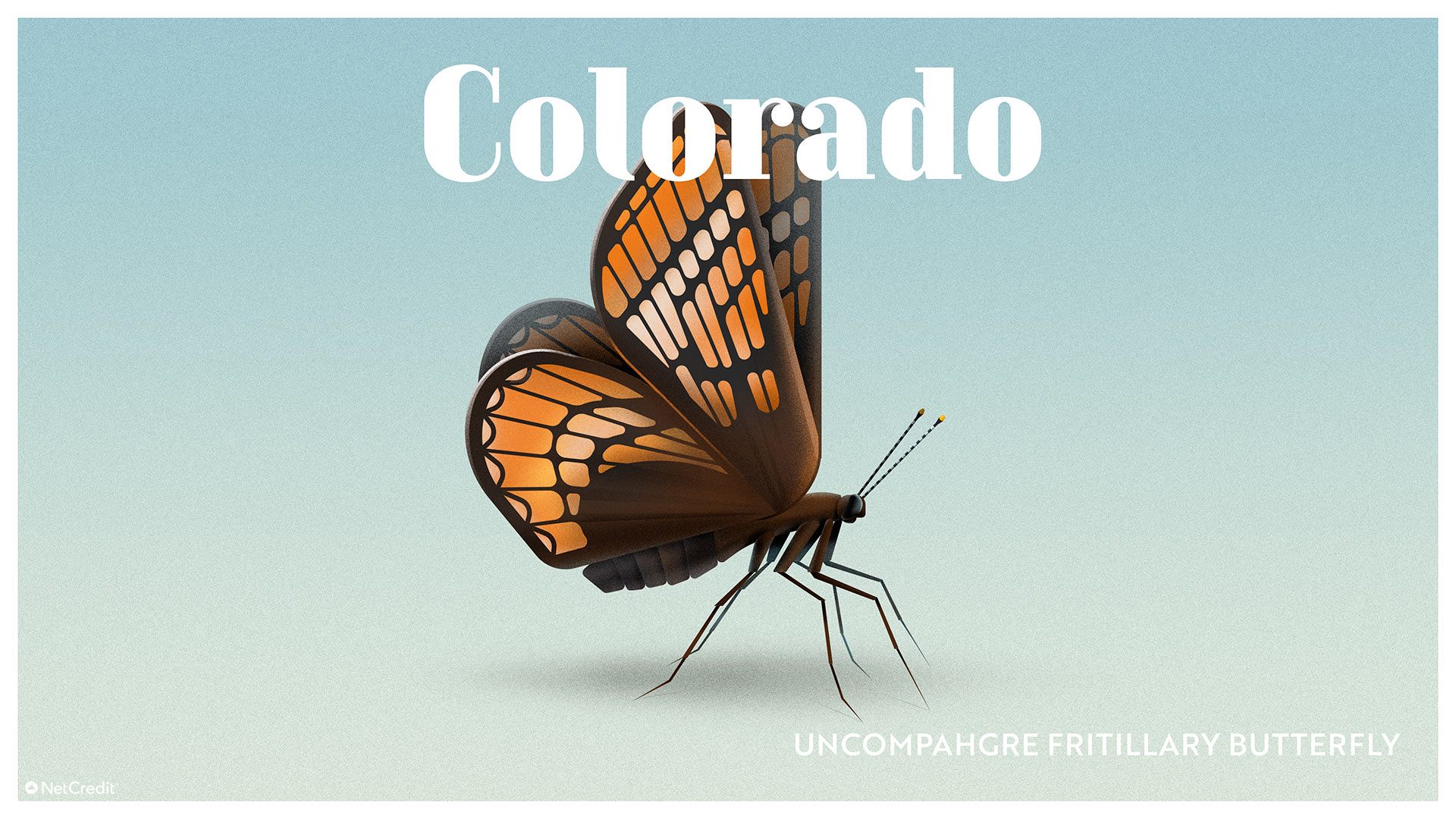
San Juan Mountains: Uncompahgre Fritillary Butterfly
If you’re out to spot this ochre-hued butterfly, named for the Colorado mountain where it was first reported, you better be looking at one of 11 clusters of snow willow growing above 12,000 feet.
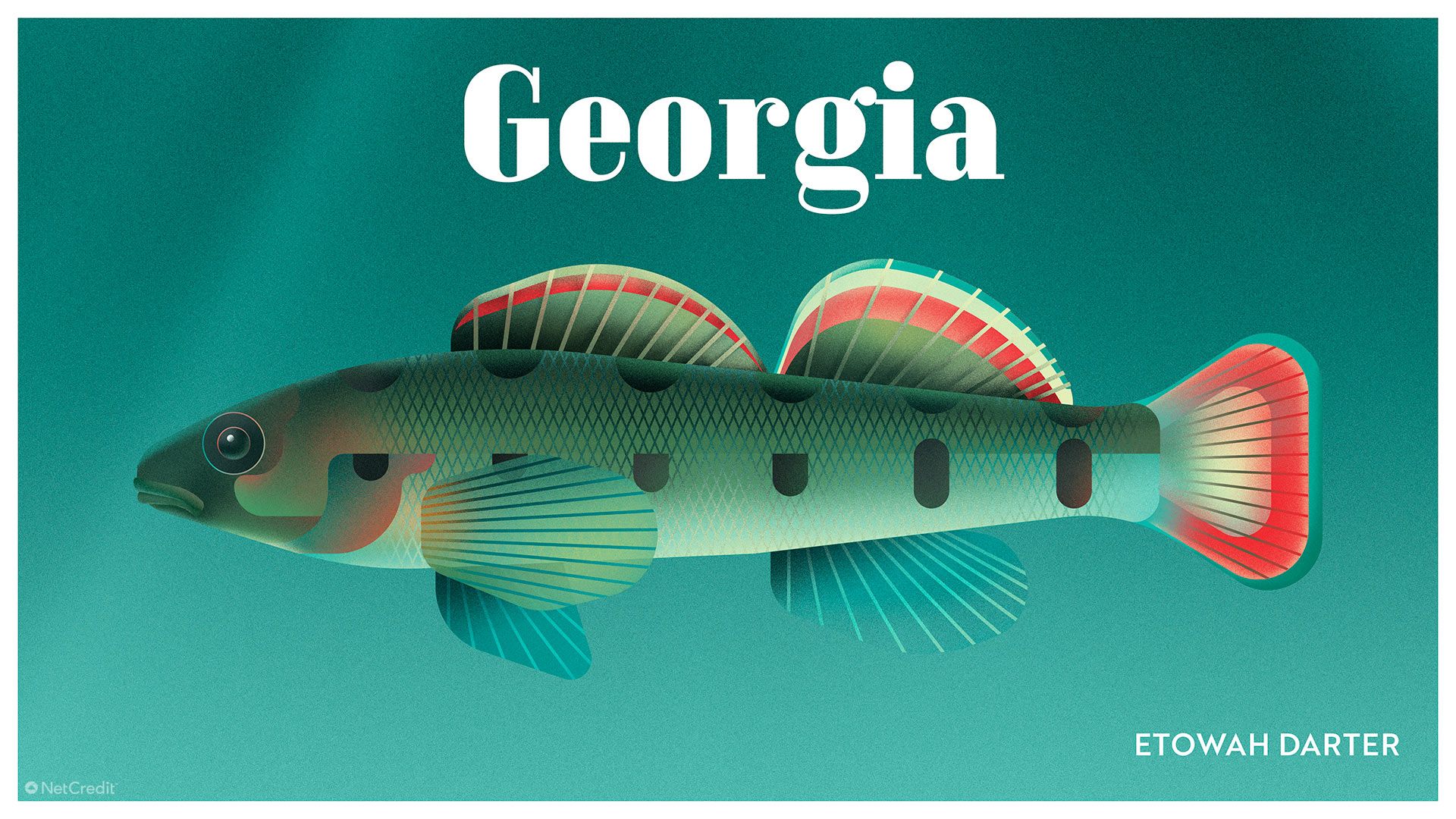
Etowah River Basin: Etowah Darter
This fish, designated as endangered in 1994, has been found upstream and downstream on this Georgia river, and in tributaries and nearby creeks.
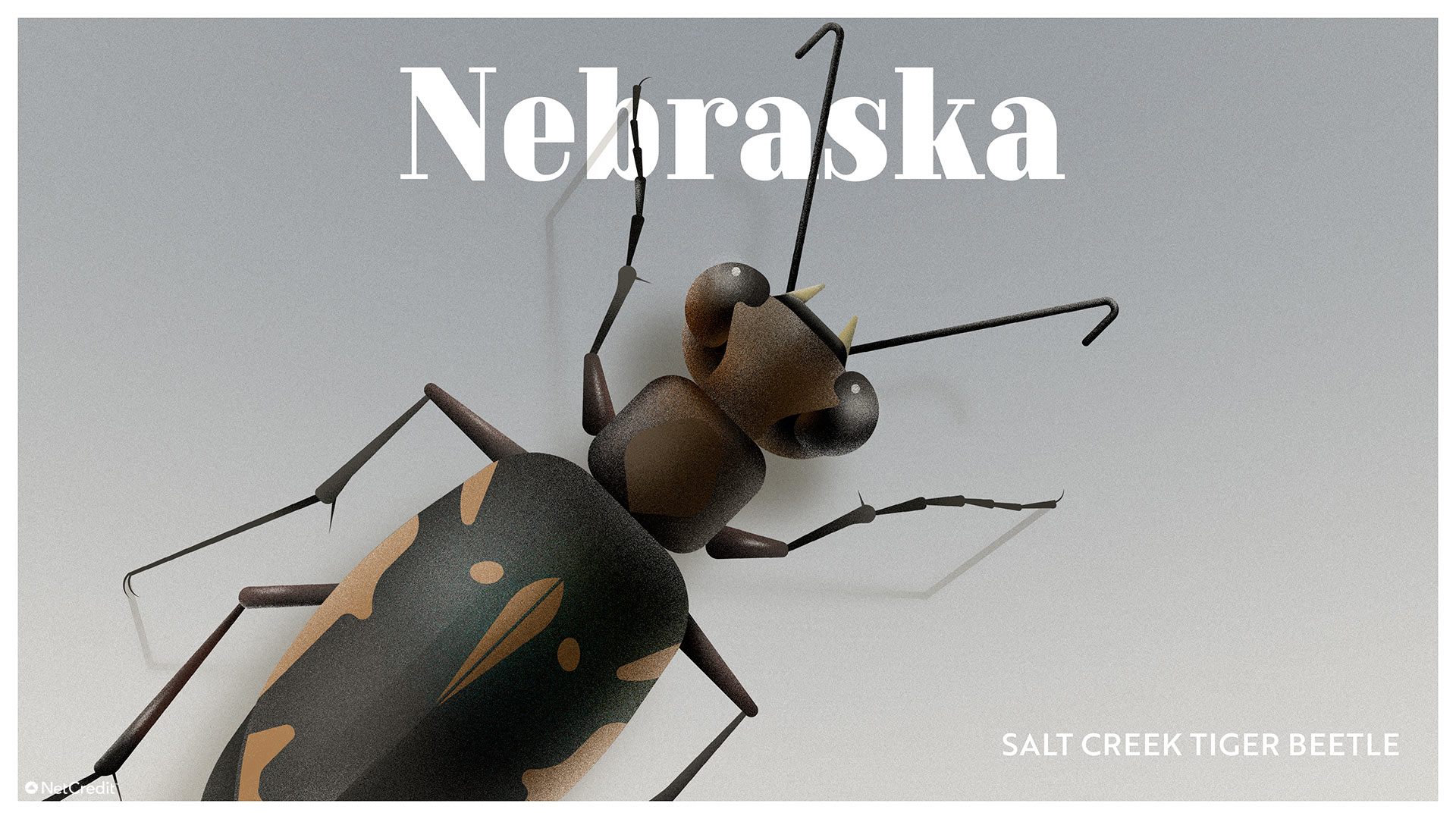
Salt Creek: Salt Creek Tiger Beetle
This small, burrowing beetle has spindly legs, but a lot of hustle: According to the FWS, it seizes “smaller or similar-sized arthropods in a ‘tiger-like’ manner by grasping prey with its mandibles.” It stalks eastern Nebraska—specifically the northern third of Lancaster County, the FWS reports. There, it lives in the saline wetlands, streams, and tributaries of the Salt Creek.

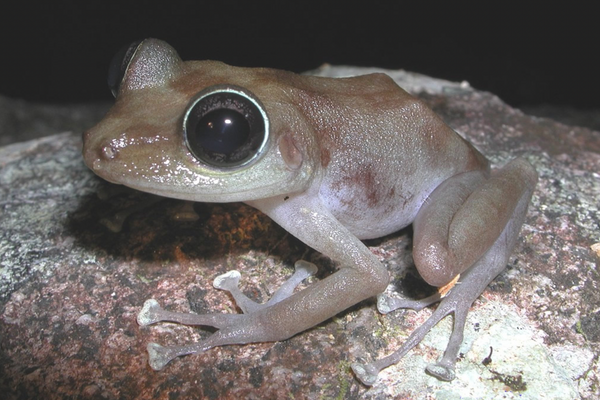

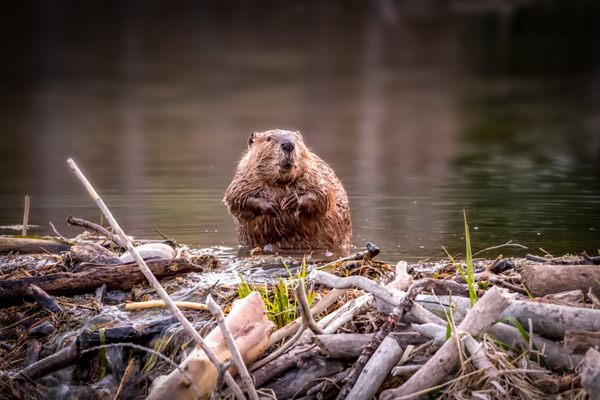














Follow us on Twitter to get the latest on the world's hidden wonders.
Like us on Facebook to get the latest on the world's hidden wonders.
Follow us on Twitter Like us on Facebook